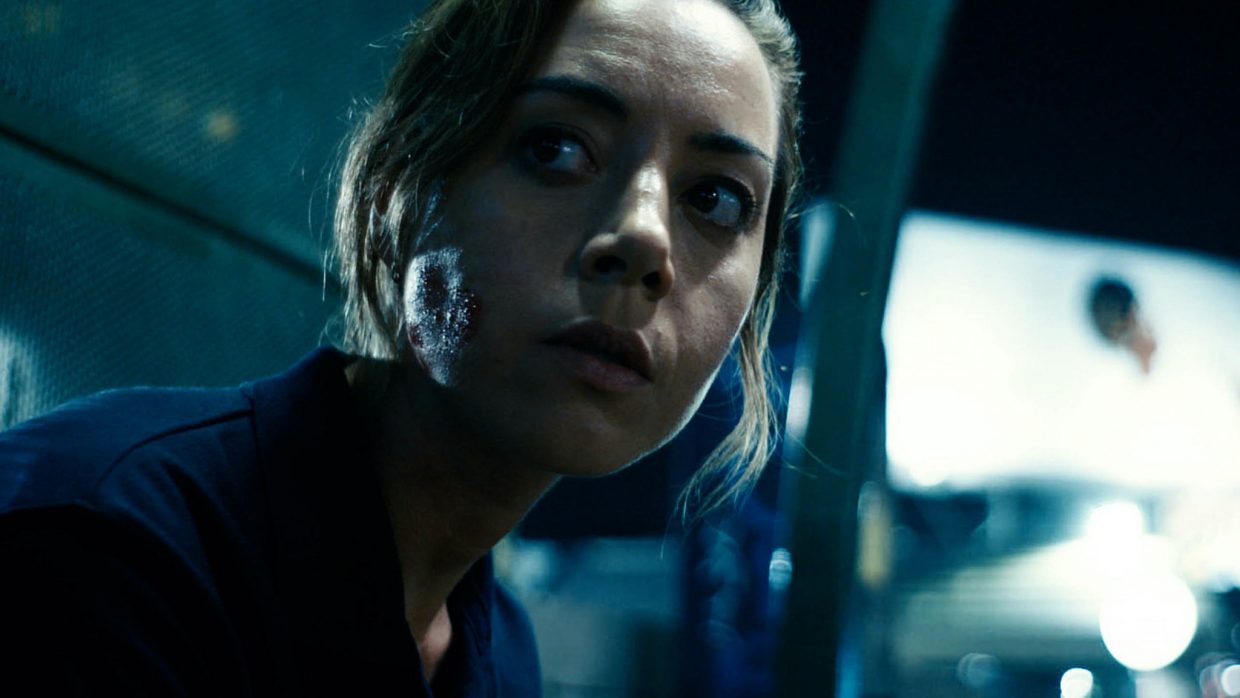 Back to selection
Back to selection
“I Had to Look Inward and Accept the Uncertainty” | John Patton Ford, Emily the Criminal
 Still from Emily the Criminal
Still from Emily the Criminal The last two years have prompted much contemplation and reconsideration of the reasons why we make our films as well as the ways in which we make them. What aspect of your filmmaking—whether in your creative process, the way you finance your films, your production methodology or the way you relate to your audience—did you have to reinvent in order to make and complete the film you are bringing to the festival this year?
Where to begin with that question? First off, we closed financing in March of 2020. After years of trying, I finally got the money to make a feature film and six days later the project went on hold indefinitely, because… a pandemic? You can imagine how that felt.
So the first aspect of my filmmaking that I had to “reinvent” was purely psychological. I had to look inward and accept the uncertainty. I had to ask myself the question, “if you never make this movie, or any movie, will you have the strength to be content? It was a lesson in humility. I’m not sure I needed another one of those to be honest, but okay.
I ended up waiting sixteen months. We went into production in July of 2021. COVID made it weird for a number of reasons. One, nobody saw each other until we started shooting—and even then our faces were covered. So I had to work extra hard to forge relationships and assure everyone that they were being heard and appreciated, even if they couldn’t see me smiling. Lots of steady eye contact and nodding. Every facial expression was turned up a few clicks.
Two, casting. Sidney Lumet once said that a movie is ninety-percent writing and casting, and I love that. Casting is half the battle. But with COVID, I had to cast exclusively from self-tapes, and absolutely no chemistry reads. I was riding blind. I never met Theo Rossi, the co-lead, until three days before production started. I had to adjust in a major way—by trusting my gut instincts and first impressions. And praying a lot.
Lastly, we shot the movie on real locations, many of which were bustling with people, like a flea market in downtown Los Angeles. Everyone in the background was wearing a mask. To avoid a very COVID-looking world, we ended up adapting our visual style by shooting on longer lenses and staying close to the character. It became the language of the movie, and in a perverse way, created a stress and anxiety that felt appropriate for the times.
